tragedy
An old man seriously injured in an accident in China was dumped by the ambulance after they confirmed he was dead.
A year ago Thursday, a ferry carrying 476 people sank off the coast of Incheon, near Seoul, South Korea, during a routine trip to the island of Jeju.
In all, 295 people aboard the Sewol perished, many of them high-school students and teachers who were on a field trip. Many of the bodies still have not been recovered.
Since the disaster, controversy has centered on the South Korean government’s response. Some argue the government attempted to whitewash its accountability in the incident; others have called for a thorough investigation.
Parents of the students who died in the catastrophe are still reeling from their loss a year later. Many still keep their children’s rooms intact to keep their memories alive. Reuters photographer Kim Hong-Ji visited their homes and documented the families and the rooms.
Karma struck China’s Wuhu City last weekend as a man who made the fatal decision to flee the scene of an accident later discovered that his victim was his own mother. Sadly, by the time he had made the discovery, his mother had already succumbed to her injuries.
After a tragedy like the April 16 sinking of the South Korean ferry Sewol, many are left wondering how to appropriately commemorate the lives lost without forgetting the awful truth of the actual incident. Last week a South Korean newspaper revealed that a two-hour documentary about the accident is being planned to be released next year to coincide with the one-year anniversary. The film’s backers are relying solely on donations and are seeking just 400 million won (US$392,000) to finance the low-budget project. And with the entire country paying extremely close attention to every tragic detail to come out of the investigations surrounding the accident, this film is destined to be an instant hit in Korean movie theaters.
After the initial dust settles on the scene of a tragedy there comes the more protracted, but often less news-worthy, battle for answers and accountability. From the outset Korean authorities have come under fire from the public as well as government officials who claim that the immediate response to the incident was not good enough, and the accusations of incompetence continue to mount.
During a meeting in a gymnasium on Jindo Island in South Korea between Coast Guard officials and families of those on board the recently capsized ferry, one family member brought up a circulating rumor that the South Korean government had refused search and rescue support from neighboring Japan.
Rescue efforts for the passengers of Korean passenger ferry the Sewol that sank in the Yellow Sea off the tip of the South Korean peninsula on the 16th are still ongoing, and more information continues to emerge about what exactly went on on board the stricken vessel. There has been an outpouring of shock and anger from the families of the passengers after learning that the captain and some of his crew were among the first to abandon the sinking ship, and many are now questioning what he was doing in command of the huge vessel in the first place.
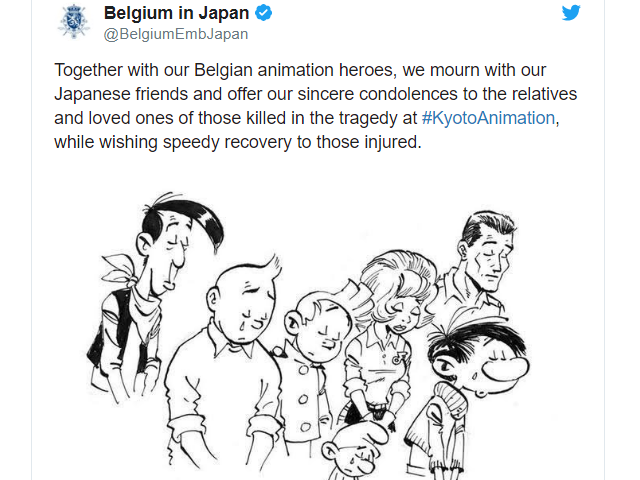
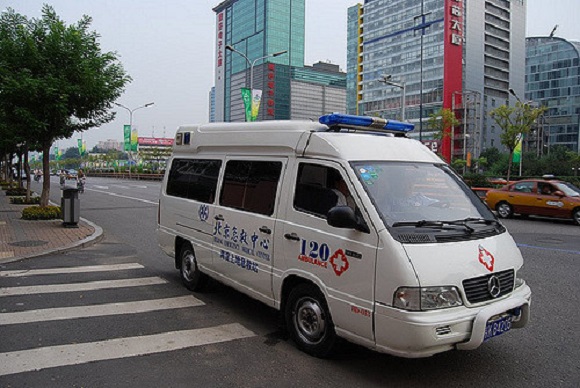
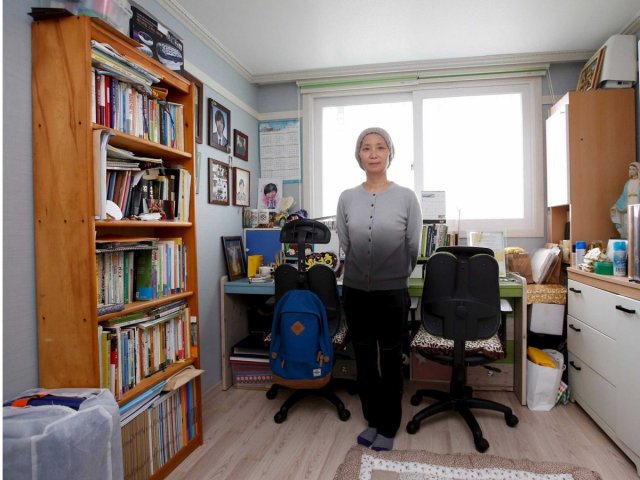

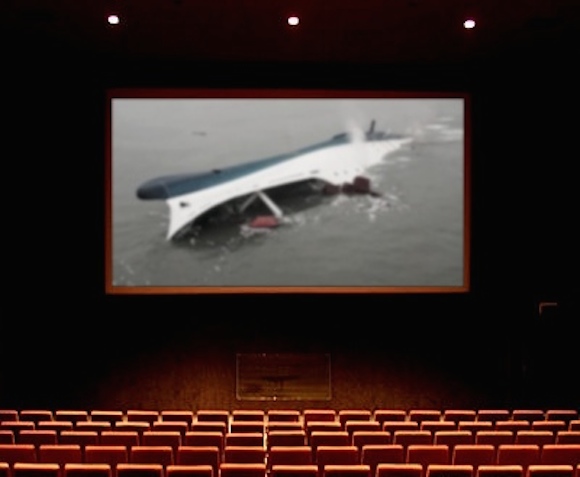
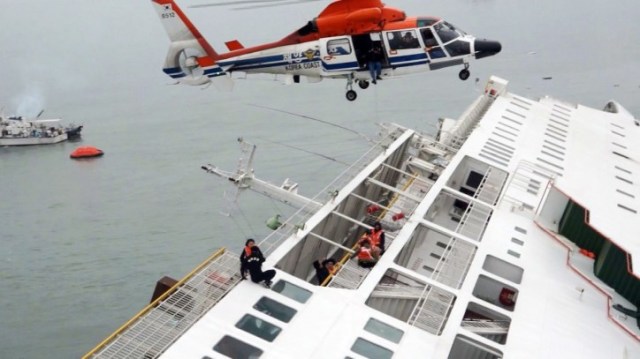
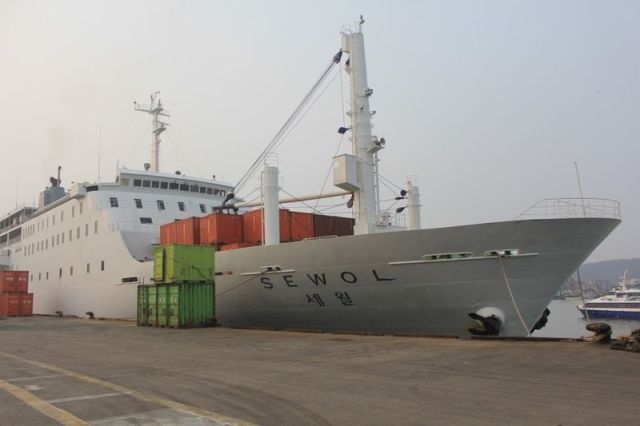

 7 great places to see Mt. Fuji from without having to climb it
7 great places to see Mt. Fuji from without having to climb it New Japanese menstrual product seeks to help women spot unidentified iron deficiencies
New Japanese menstrual product seeks to help women spot unidentified iron deficiencies Is it rude to sing along at concerts in Japan? We ask a pro musician for his take
Is it rude to sing along at concerts in Japan? We ask a pro musician for his take Hello Kitty Choco Egg figures are an adorable trip through three periods of Japanese pop culture【Pics】
Hello Kitty Choco Egg figures are an adorable trip through three periods of Japanese pop culture【Pics】 Why you shouldn’t call this food “Hiroshimayaki” if you’re talking to people from Hiroshima
Why you shouldn’t call this food “Hiroshimayaki” if you’re talking to people from Hiroshima Sumo Sanrio! Hello Kitty and pals team up with Japan Sumo Association for new merch【Pics】
Sumo Sanrio! Hello Kitty and pals team up with Japan Sumo Association for new merch【Pics】 Cyberpunk anime meets traditional culture in Ghost in the Shell gold leaf Japanese changing screens
Cyberpunk anime meets traditional culture in Ghost in the Shell gold leaf Japanese changing screens Everyone in the office wears a bra in search of the true meaning of Brassiere Day
Everyone in the office wears a bra in search of the true meaning of Brassiere Day Bat soup in Palau is pretty intense
Bat soup in Palau is pretty intense 7-Eleven Japan starts new temporary luggage storage service in over 300 branches
7-Eleven Japan starts new temporary luggage storage service in over 300 branches Disillusionment at Tsukiji’s tourist-target prices led us to a great ramen restaurant in Tokyo
Disillusionment at Tsukiji’s tourist-target prices led us to a great ramen restaurant in Tokyo Japan may add Japanese language proficiency, lifestyle classes to permanent foreign resident requirements
Japan may add Japanese language proficiency, lifestyle classes to permanent foreign resident requirements Lacquerware supplier to emperor of Japan and Pokémon team up for new tableware
Lacquerware supplier to emperor of Japan and Pokémon team up for new tableware Starbucks Japan releases new zodiac chilled cup drink for 2026
Starbucks Japan releases new zodiac chilled cup drink for 2026 7-Eleven Japan’s ramen-cooking robot whipped us up a bowl of noodles【Taste test】
7-Eleven Japan’s ramen-cooking robot whipped us up a bowl of noodles【Taste test】 Japan’s otoshidama tradition of giving kids money at New Year’s gets a social welfare upgrade
Japan’s otoshidama tradition of giving kids money at New Year’s gets a social welfare upgrade Can a dirty butthole make you filthy rich in Japan? We’re starting a New Year’s lottery experiment
Can a dirty butthole make you filthy rich in Japan? We’re starting a New Year’s lottery experiment Japan’s human washing machines will go on sale to general public, demos to be held in Tokyo
Japan’s human washing machines will go on sale to general public, demos to be held in Tokyo Starbucks teams up with 166-year-old Kyoto doll maker for Year of the Horse decorations【Photos】
Starbucks teams up with 166-year-old Kyoto doll maker for Year of the Horse decorations【Photos】 Tokyo considering law requiring more trash cans following litter increase in heavily touristed area
Tokyo considering law requiring more trash cans following litter increase in heavily touristed area Tokyo’s Tsukiji sushi neighborhood asks tour groups to stay away for the rest of the month
Tokyo’s Tsukiji sushi neighborhood asks tour groups to stay away for the rest of the month Nintendo’s Kirby now delivering orders at Kura Sushi restaurants, but not in Japan
Nintendo’s Kirby now delivering orders at Kura Sushi restaurants, but not in Japan Tokyo event lets you travel back in time, for free, to celebrate 100 years since Showa era start
Tokyo event lets you travel back in time, for free, to celebrate 100 years since Showa era start Sanrio theme park in Japan announces plans to expand into a Sanrio resort
Sanrio theme park in Japan announces plans to expand into a Sanrio resort Stamina-destroying “Paralysis Noodles” are Tokyo’s newest over-the-top ramen innovation
Stamina-destroying “Paralysis Noodles” are Tokyo’s newest over-the-top ramen innovation Survey asks foreign tourists what bothered them in Japan, more than half gave same answer
Survey asks foreign tourists what bothered them in Japan, more than half gave same answer Japan’s deadliest food claims more victims, but why do people keep eating it for New Year’s?
Japan’s deadliest food claims more victims, but why do people keep eating it for New Year’s? We deeply regret going into this tunnel on our walk in the mountains of Japan
We deeply regret going into this tunnel on our walk in the mountains of Japan Studio Ghibli releases Kodama forest spirits from Princess Mononoke to light up your home
Studio Ghibli releases Kodama forest spirits from Princess Mononoke to light up your home Major Japanese hotel chain says reservations via overseas booking sites may not be valid
Major Japanese hotel chain says reservations via overseas booking sites may not be valid Put sesame oil in your coffee? Japanese maker says it’s the best way to start your day【Taste test】
Put sesame oil in your coffee? Japanese maker says it’s the best way to start your day【Taste test】 The top 10 annoying foreign tourist behaviors on trains, as chosen by Japanese people【Survey】
The top 10 annoying foreign tourist behaviors on trains, as chosen by Japanese people【Survey】 No more using real katana for tourism activities, Japan’s National Police Agency says
No more using real katana for tourism activities, Japan’s National Police Agency says Starbucks Japan reveals new sakura drinkware collection, inspired by evening cherry blossoms
Starbucks Japan reveals new sakura drinkware collection, inspired by evening cherry blossoms Sumo Sanrio! Hello Kitty and pals team up with Japan Sumo Association for new merch【Pics】
Sumo Sanrio! Hello Kitty and pals team up with Japan Sumo Association for new merch【Pics】 Cyberpunk anime meets traditional culture in Ghost in the Shell gold leaf Japanese changing screens
Cyberpunk anime meets traditional culture in Ghost in the Shell gold leaf Japanese changing screens Everyone in the office wears a bra in search of the true meaning of Brassiere Day
Everyone in the office wears a bra in search of the true meaning of Brassiere Day Bat soup in Palau is pretty intense
Bat soup in Palau is pretty intense 7-Eleven Japan starts new temporary luggage storage service in over 300 branches
7-Eleven Japan starts new temporary luggage storage service in over 300 branches Japanese department store rooftop is a secret oasis where you can escape the crowds in Tokyo
Japanese department store rooftop is a secret oasis where you can escape the crowds in Tokyo 7-Eleven Japan’s ramen-cooking robot whipped us up a bowl of noodles【Taste test】
7-Eleven Japan’s ramen-cooking robot whipped us up a bowl of noodles【Taste test】 Lacquerware supplier to emperor of Japan and Pokémon team up for new tableware
Lacquerware supplier to emperor of Japan and Pokémon team up for new tableware More people in Japan quit sending New Year’s cards and many have started to regret it
More people in Japan quit sending New Year’s cards and many have started to regret it Japanese airlines offer discounted fares to international tourists
Japanese airlines offer discounted fares to international tourists Hamburg and Hamburg Shibuya: A Japanese restaurant you need to put on your Tokyo itinerary
Hamburg and Hamburg Shibuya: A Japanese restaurant you need to put on your Tokyo itinerary We try Uniqlo coffee at first-ever cafe inside Ginza flagship store
We try Uniqlo coffee at first-ever cafe inside Ginza flagship store More Than a Capsule Stay: Why Solo Travelers Choose “global cabin Yokohama Chinatown”
More Than a Capsule Stay: Why Solo Travelers Choose “global cabin Yokohama Chinatown” Can a dirty butthole make you filthy rich in Japan? We’re starting a New Year’s lottery experiment
Can a dirty butthole make you filthy rich in Japan? We’re starting a New Year’s lottery experiment